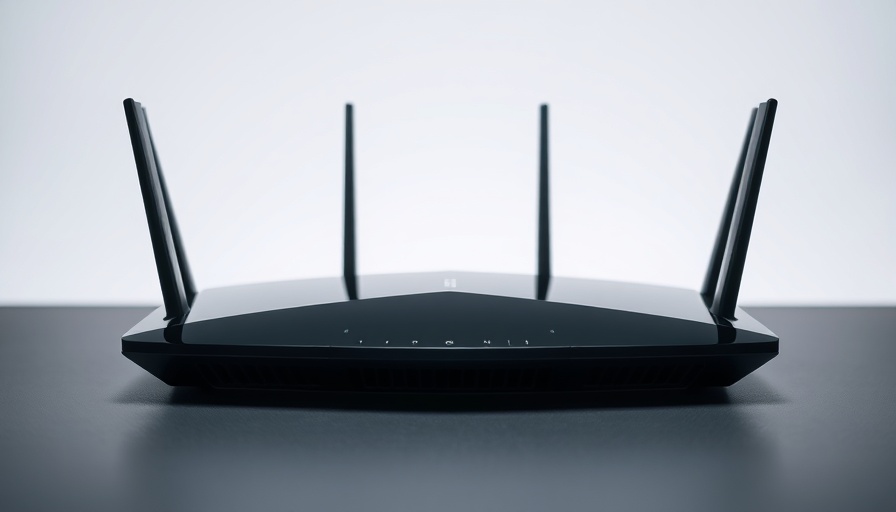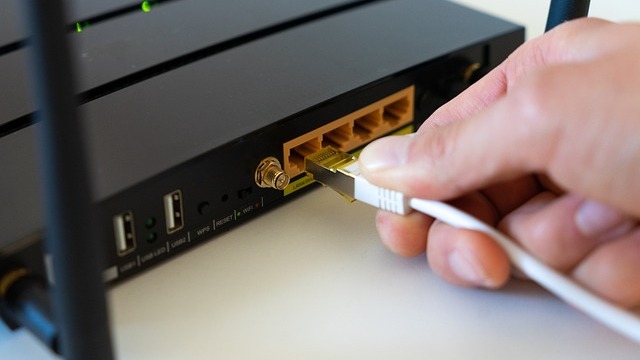
Understanding the Frustration of Kodi Buffering
In today’s streaming-heavy world, watching content without interruptions is essential for an enjoyable experience. For many, Kodi is the go-to media player that allows users to access a treasure trove of on-demand, high-quality content. But there’s an all-too-common obstacle that gets in the way: buffering. As more streaming sources are integrated into Kodi, buffering issues have emerged as a major concern for users across the globe.
Why Does Kodi Buffer?
Buffering occurs when the media player struggles to load content from the internet quickly enough to keep up with playback. Factors contributing to buffering on Kodi can include unreliable internet connections, insufficient device performance, and poorly optimized add-ons. More than ever, users need to grasp these issues to ensure a satisfying streaming experience.
Solutions to Kodi Buffering Problems
Fortunately, various solutions can mitigate Kodi buffering issues, particularly for Kodi 20 Nexus and Kodi 21 Omega users. Implementing these solutions can create a smoother streaming process:
- Enable Unknown Sources: Temporarily enabling the installation of add-ons from unknown sources can expand your options. Go to settings, select System, and toggle the Unknown Sources option.
- Adjust Video Quality: Reducing the video quality can alleviate the stress on your internet connection. Consider opting for lower resolutions when experiencing buffering.
- Use a Reliable VPN: With the rise of online privacy concerns, using a reputable VPN can improve streaming performance by providing a more stable connection and protecting your identity. Many Kodi users prefer ExpressVPN due to its simplicity and efficacy.
- Clear Cache Regularly: Cache build-up can slow down the performance of Kodi over time. Regularly clearing the app cache can help keep its performance optimal.
- Upgrade Your Internet Plan: If buffering persists, consider reviewing your internet plan to ensure that it meets your streaming needs.
When Is Kodi Buffering Most Likely to Occur?
Buffering can spike in specific scenarios such as peak usage hours when many users are streaming simultaneously. It's also worth noting that different add-ons may perform variably, so trialing various options can yield better results. Furthermore, robust internet connections play a significant role—users with slower connections may find buffering more challenging.
Future Considerations for Kodi Users
As technology progresses, the development of faster internet speeds and more efficient streaming technologies is likely to enhance the Kodi experience. Improvements in hardware on devices such as the Amazon Fire TV Stick also promise to reduce buffering issues in the future.
Conclusion: Taking Action Against Buffering
By understanding the underlying causes of buffering and applying the recommended fixes, Kodi users can elevate their streaming experience. Streaming enthusiasts should stay abreast of new developments in technology that can make their viewing experience smoother and more enjoyable.
Ultimately, the key takeaway is that while buffering is common, it can be addressed with the right information and tools at your disposal. For those seeking a reliable and safer streaming experience, using a VPN, optimizing settings, and ensuring good internet connectivity are critical steps to take. Don’t let buffering dull your viewing pleasure—take action today!
 Add Row
Add Row  Add
Add 




Write A Comment